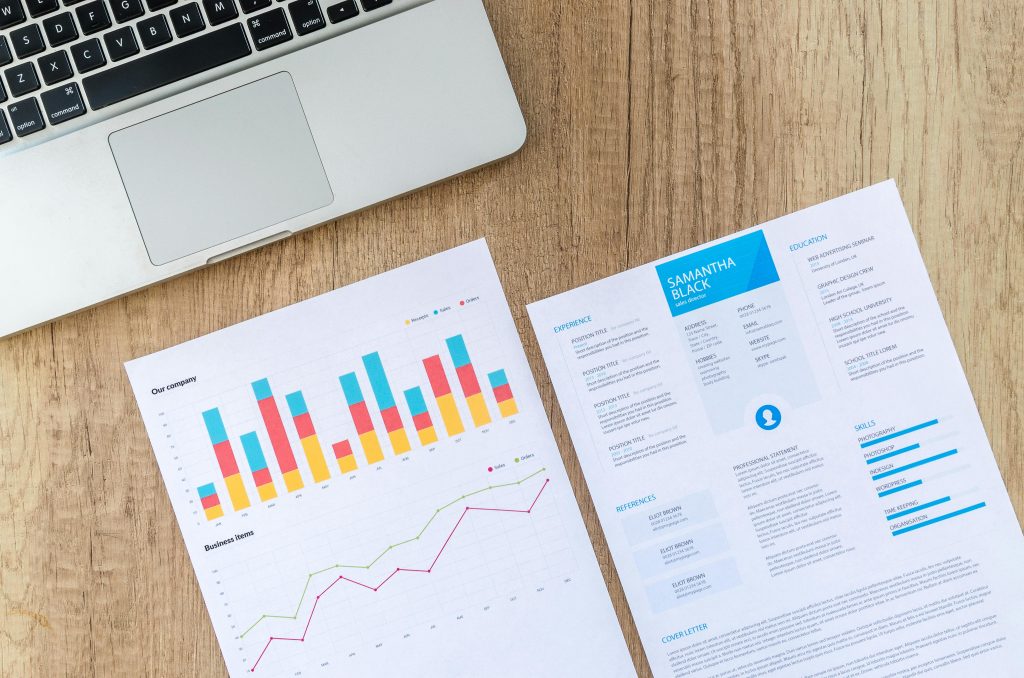Introduction
Maintenance is often viewed as a cost center, but in reality, it’s a profit protector. Poorly maintained assets lead to unplanned downtime, expensive repairs, safety incidents, and lost productivity. On the other hand, effective maintenance strategies extend equipment life, optimize resource use, and prevent costly breakdowns.
The challenge many organizations face is striking the right balance: how do you deliver high-quality maintenance without overspending? That’s where cost-effective maintenance comes in — an approach focused on maximizing asset reliability and performance at the lowest possible long-term cost.
In this first half of our article, we’ll explore what cost-effective maintenance means, why it’s essential, and detailed strategies organizations use to achieve it. We’ll also look at how to align maintenance with business goals, the role of data, and the importance of proactive practices.
What Does “Cost-Effective Maintenance” Mean?
Cost-effective maintenance is not about cutting corners or slashing budgets. Instead, it’s about optimizing the balance between cost and value.

- Cost: Direct expenses like labor, spare parts, and technology investments.
- Value: Reduced downtime, extended asset life, improved safety, regulatory compliance, and increased productivity.
In other words, spending wisely today to save more tomorrow.
Why Cost-Effective Maintenance Matters
1. Minimizing Downtime
Unexpected breakdowns can halt operations, leading to massive financial losses. A single hour of downtime in industries like manufacturing or aviation can cost thousands to millions of dollars.
2. Extending Asset Lifespan
Preventive care reduces wear and tear, keeping equipment functional longer and delaying costly capital investments.
3. Compliance and Safety
Regulatory fines and workplace accidents are far more expensive than the cost of routine inspections and repairs.
4. Competitive Advantage
Companies with reliable equipment meet deadlines consistently, improving customer satisfaction and reputation.
5. Budget Control
By forecasting maintenance needs, organizations can avoid emergency spending on urgent repairs, which are typically more expensive.
The Key Principles of Cost-Effective Maintenance
Before implementing tactics, organizations should embrace these guiding principles:
- Proactivity Over Reactivity
- Reactive maintenance (fixing after failure) is often the costliest approach.
- Proactive models (preventive and predictive maintenance) yield better ROI.
- Data-Driven Decision-Making
- Maintenance strategies must rely on data: asset performance, failure modes, and historical repair costs.
- Risk-Based Prioritization
- Not every asset requires the same level of attention. Focus on critical equipment that drives the most value or risk.
- Continuous Improvement
- Cost-effective maintenance isn’t a one-time project. It’s an ongoing cycle of monitoring, learning, and adapting.
Strategies to Ensure Cost-Effective Maintenance
1. Implement Preventive Maintenance (PM)
Preventive maintenance involves performing scheduled tasks — inspections, lubrication, calibration, or part replacement — to avoid failures.
- Advantages: Reduces unexpected breakdowns, improves reliability.
- Risks: Over-maintenance (doing unnecessary work that adds cost).
- Best Practice: Use manufacturer guidelines as a starting point, then tailor intervals based on asset usage and history.
2. Adopt Predictive Maintenance (PdM)
Predictive maintenance leverages sensors and data analytics to monitor asset condition in real time.
- Examples: Vibration analysis for motors, oil analysis for engines, thermal imaging for electrical systems.
- Benefit: Maintenance is performed only when indicators show a potential issue.
- Result: Reduced unnecessary servicing, lower costs, and fewer catastrophic failures.
3. Apply Reliability-Centered Maintenance (RCM)
RCM is a structured framework for determining the most efficient maintenance strategy for each asset.
- It categorizes assets by criticality and failure modes.
- Ensures resources aren’t wasted maintaining low-risk equipment.
- Aligns maintenance with business and safety goals.
4. Leverage CMMS (Computerized Maintenance Management Systems)
A CMMS centralizes data on work orders, spare parts, and asset history.
- Benefits include:
- Tracking costs accurately.
- Scheduling PM tasks automatically.
- Reducing duplicate work and human error.
- Example: A facility using CMMS reduced maintenance costs by 15% through better scheduling and inventory control.
5. Optimize Spare Parts Management
Spare parts are often a hidden cost driver. Overstocking wastes capital, while understocking leads to downtime.
- Best Practice:
- Use ABC analysis to classify parts by importance.
- Forecast usage based on historical consumption.
- Consider vendor-managed inventory for critical parts.
6. Train and Upskill Maintenance Teams
A well-trained workforce can troubleshoot faster and prevent errors.
- Training areas:
- Root Cause Analysis (RCA).
- Equipment diagnostics.
- Safety compliance.
- Upskilling ensures technicians can handle modern, tech-enabled maintenance.
7. Use KPIs to Monitor Efficiency
Measuring performance helps identify inefficiencies and areas for savings.
- Common maintenance KPIs include:
- Mean Time Between Failures (MTBF).
- Mean Time to Repair (MTTR).
- Planned Maintenance Percentage (PMP).
- Maintenance cost as a percentage of replacement asset value (RAV).
Balancing Cost and Risk
Cost-effective maintenance doesn’t mean minimizing costs at all times — it means spending the right amount to manage risk.
- Over-Spending Risk: Excessive preventive tasks that don’t reduce failure likelihood.
- Under-Spending Risk: Skipping maintenance that leads to catastrophic downtime.
The balance lies in evaluating consequence of failure vs. probability of failure for each asset.
Role of Data and Analytics
Data-driven maintenance transforms cost-effectiveness:

- Failure Trend Analysis: Identify recurring issues to eliminate root causes.
- Lifecycle Costing: Compare cost of repair vs. replacement.
- Benchmarking: Compare asset performance across plants or industries.
- Dashboards: Provide managers with real-time visibility into costs and performance.
1. Root Cause Analysis (RCA)
Fixing symptoms can be expensive; fixing causes is cost-effective.
- Example: Instead of replacing bearings every six months, RCA may reveal misalignment or lubrication issues causing premature failure.
- Outcome: Fewer recurring breakdowns and lower long-term costs.
2. Total Productive Maintenance (TPM)
A holistic approach where operators share responsibility for basic maintenance tasks (cleaning, inspections, lubrication).
- Benefits:
- Empowers frontline staff.
- Reduces downtime waiting for technicians.
- Improves ownership of equipment care.
3. Outsourcing Specialized Maintenance
Not all tasks need in-house expertise. Outsourcing can be more cost-effective for:
- Highly specialized repairs (e.g., turbine maintenance).
- Seasonal or irregular maintenance needs.
- Access to expensive diagnostic equipment.
4. Energy-Efficient Maintenance Practices
- Cleaning HVAC filters, maintaining motors, and calibrating systems can cut energy consumption by 10–20%.
- Cost-effective maintenance is not just about reducing repair bills — it’s about reducing total operational costs.
5. Failure Modes and Effects Analysis (FMEA)
A structured technique to identify where equipment is most likely to fail and its potential impact.
- Focus resources on high-risk failure modes.
- Reduces unnecessary maintenance on low-risk assets.
Case Studies of Cost-Effective Maintenance
Case Study 1: Manufacturing Plant
- Problem: Frequent machine downtime due to reactive maintenance.
- Solution: Implemented CMMS + preventive schedule.
- Result: 30% reduction in breakdowns and annual savings of $500,000.
Case Study 2: Airline Industry
- Problem: High maintenance costs due to excessive preventive checks.
- Solution: Adopted predictive maintenance using sensor data (engine health monitoring).
- Result: Reduced unscheduled downtime by 40% and cut maintenance costs by 15%.
Case Study 3: Hospital Facility
- Problem: Escalating costs for HVAC and electrical systems.
- Solution: Energy-focused maintenance program + IoT monitoring.
- Result: Annual energy savings of 12% while extending equipment life.
The Role of Outsourcing in Cost-Effective Maintenance
Outsourcing is a debated but valuable tool.
Advantages
- Expertise on Demand: Access to specialists without full-time salaries.
- Scalability: Flex labor during peak demand.
- Technology Access: Outsourced firms often bring advanced diagnostics.
Risks
- Dependence on third parties.
- Potential misalignment with organizational priorities.
Best Practice: Use outsourcing strategically — focus internal teams on core, frequent tasks and outsource specialized or low-frequency jobs.
The Future of Maintenance: AI, IoT, and Beyond
Emerging technologies are reshaping how companies approach cost-effective maintenance.
1. Artificial Intelligence (AI)
- AI algorithms predict failures with greater accuracy than humans.
- Automated scheduling based on asset condition reduces over- and under-maintenance.
2. Internet of Things (IoT)
- Sensors provide continuous monitoring of temperature, vibration, pressure, and more.
- Real-time alerts allow immediate intervention before failure occurs.
3. Digital Twins
- Virtual models of physical assets simulate performance under various conditions.
- Helps plan maintenance interventions with precision.
4. Augmented Reality (AR)
- AR glasses guide technicians step by step through repairs.
- Reduces errors and training costs.
5. Cloud-Based Collaboration
- Global enterprises share maintenance insights across facilities.
- Benchmarking improves cost-effectiveness at scale.
Challenges in Achieving Cost-Effective Maintenance
Even with strategies and technologies, organizations face obstacles:
- Resistance to Change
- Staff may prefer traditional methods.
- Requires cultural shift toward proactive approaches.
- Upfront Investment
- Tools like IoT sensors and CMMS require capital.
- ROI must be clearly communicated to stakeholders.
- Data Overload
- Collecting sensor data is easy, but analyzing it effectively is harder.
- Without proper analytics, data becomes noise.
- Skills Gap
- Modern maintenance demands technical and digital skills.
- Upskilling is critical for cost-effectiveness.
Building a Culture of Cost-Effective Maintenance
Sustainable savings aren’t just about processes — they require a maintenance culture where every employee values asset care.

- Leadership Commitment: Executives must prioritize maintenance budgets and innovation.
- Cross-Functional Collaboration: Operators, engineers, and managers should share responsibility.
- Continuous Learning: Regular training and certifications keep teams agile.
- Recognition Programs: Reward employees for innovative maintenance ideas that save costs.
Conclusion
Ensuring cost-effective maintenance is not about cutting budgets — it’s about making smarter, more strategic choices.
Key takeaways:
- Preventive, predictive, and reliability-centered maintenance create the foundation.
- Tools like CMMS, KPIs, and spare parts optimization streamline processes.
- Advanced practices (RCA, TPM, outsourcing, energy-efficient care) amplify savings.
- Technologies like AI, IoT, and digital twins promise a future of precision maintenance.
- Ultimately, success depends on cultivating a proactive culture that values reliability as a driver of business performance.
Organizations that view maintenance as an investment — not an expense — will enjoy reduced costs, improved safety, and a stronger competitive edge.
FAQs
1. What is the most cost-effective type of maintenance?
Predictive maintenance is often the most cost-effective because it balances prevention with data-driven timing, reducing unnecessary work.
2. How do I measure maintenance cost-effectiveness?
Track KPIs like MTBF, MTTR, PMP, and maintenance cost as a % of RAV (replacement asset value).
3. What industries benefit most from predictive maintenance?
Manufacturing, aviation, energy, and healthcare — any industry where downtime is expensive and equipment is critical.
4. Is outsourcing maintenance always cheaper?
Not always. It’s cost-effective for specialized or irregular tasks but may be more expensive for frequent, routine jobs.
5. What role does training play in cost-effective maintenance?
A trained workforce can identify issues early, reduce errors, and adopt new technologies effectively — all of which lower costs.
6. How quickly can cost savings be realized?
It depends on the strategy. Preventive maintenance may show savings in months, while predictive maintenance technology might take 1–2 years for full ROI.

